译林版小学英语名词单复数变形课件
- 格式:ppt
- 大小:2.07 MB
- 文档页数:21
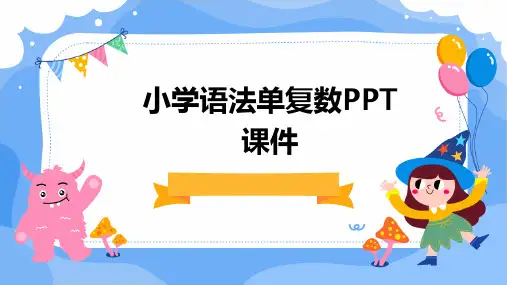
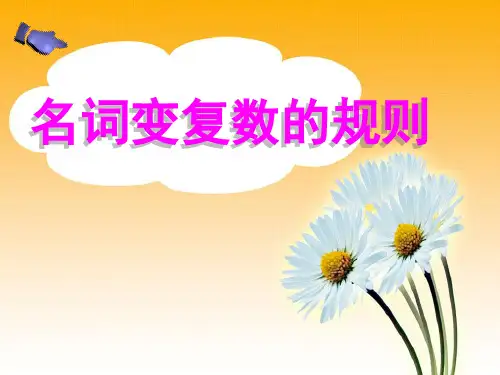
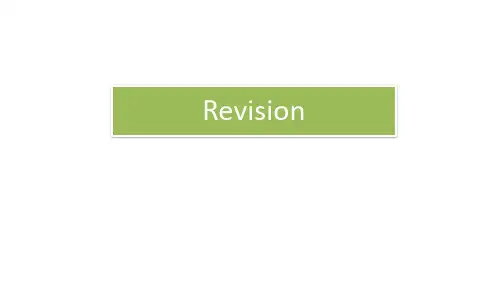
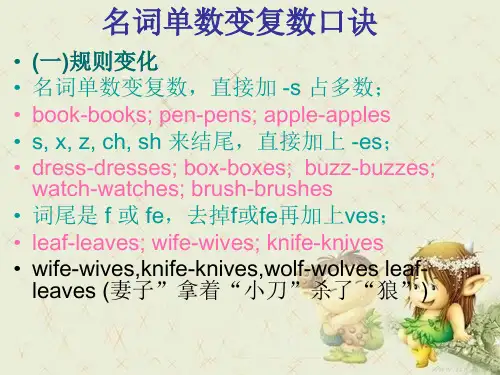
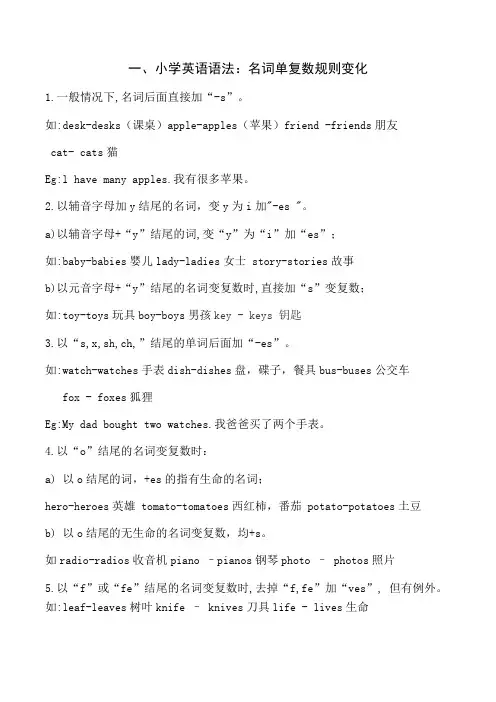
一、小学英语语法:名词单复数规则变化1.一般情况下,名词后面直接加“-s”。
如:desk-desks(课桌)apple-apples(苹果)friend -friends朋友cat- cats猫Eg:l have many apples.我有很多苹果。
2.以辅音字母加y结尾的名词,变y为i加"-es "。
a)以辅音字母+“y”结尾的词,变“y”为“i”加“es”;如:baby-babies婴儿lady-ladies女士 story-stories故事b)以元音字母+“y”结尾的名词变复数时,直接加“s”变复数;如:toy-toys玩具boy-boys男孩key - keys 钥匙3.以“s,x,sh,ch,”结尾的单词后面加“-es”。
如:watch-watches手表dish-dishes盘,碟子,餐具bus-buses公交车fox - foxes狐狸Eg:My dad bought two watches.我爸爸买了两个手表。
4.以“o”结尾的名词变复数时:a) 以o结尾的词,+es的指有生命的名词;hero-heroes英雄 tomato-tomatoes西红柿,番茄 potato-potatoes土豆b) 以o结尾的无生命的名词变复数,均+s。
如radio-radios收音机piano –pianos钢琴photo – photos照片5.以“f”或“fe”结尾的名词变复数时,去掉“f,fe”加“ves”,但有例外。
如:leaf-leaves树叶knife – knives刀具life - lives生命staff-staves员工scarf- scarves围巾例外,如:chief - chiefs 首领 roof -roofs 屋顶二、小学英语语法:名词单复数不规则变化1.还有一些名词复数形式变化不规则,有哪些呢?man - men 男人 woman - women 女人child -children 小孩tooth - teeth 牙齿foot - feet 脚 goose - geese 鹅mouse - mice 老鼠 ox - oxen 公牛2.单复数相同sheep-sheep 绵羊 fish-fish 鱼deer-deer 鹿 Chinese-Chinese 中国人Japanese-Japanese 日本人 Portuguese-Portuguese 葡萄牙人Swiss-Swiss 瑞士人 aircraft-aircraft 飞行器means-means 方法series-series 系列head-head (牛等的)头数 works-works 工厂3、集体名词,以单数形式出现,但实为复数。
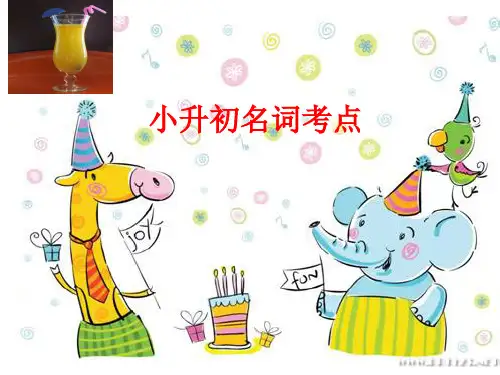
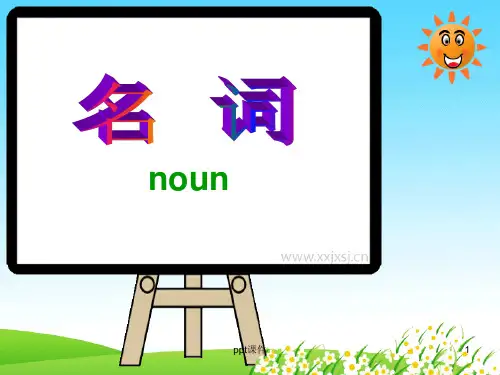
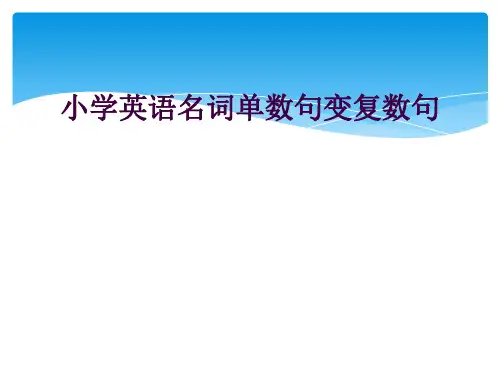
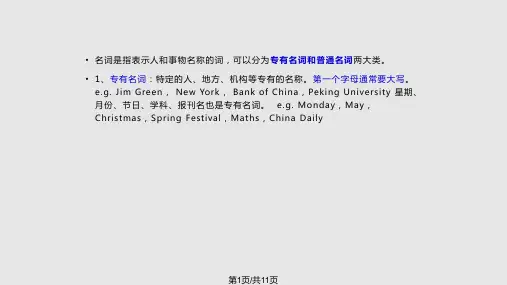
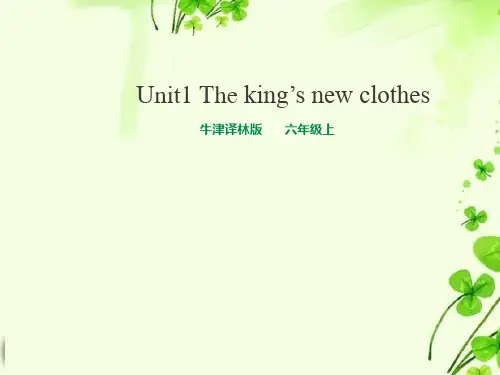
![[译林版]小学英语语法复习课件](https://uimg.taocdn.com/6d2f2c9d8762caaedd33d4c6.webp)
译林版小学五年级上册英语语法知识点一、注意名词单复数:1、可数名词复数用于:①How many后面;②some/any/many/a lot of/ two, three…后面;③these/those后面④all the后面;⑤between后面跟一种物体时,这个物体用复数⑥like 后面⑦are前面的人称和名词用复数: we/they/the children2、名词复数的变化规则:1)一般直接+s:bears,students,2)以s. x. sh. ch结尾,加es:bus-buses,box-boxes,3)以“辅音字母+y”结尾,把y变为i, 再加ies:library—libraries hobby---hobbies story---stories4)不规则名词复数:man-men,woman-women,policeman-policemen, foot-feet, Child-children3、不可数名词: water, soup, milk, juice, tea, coffee, bread(面包), rice(米饭), hair等等。
二、注意一般现在时动词的第三人称单数;(注:所有否定句、疑问句中,动词都用原形。
)1、肯定句中哪些情况下用第三人称单数:1)人称代词he, she, it作主语时;2)单个人名、地名或称呼作主语时;3)单数可数名词或"this / that / the+单数可数名词" 作主语时;4)不可数名词作主语时;5)当数字或字母作主语时,等等。
2、动词第三人称单数变化规则如下:1) 一般情况下,动词后面直接加s. 如:works / plays/ reads2) 以s. x. sh. ch 或o结尾的动词,在后面加es.例:teach-teaches, watch-watches, do-does, go-goes3) 以辅音字母+y结尾的动词, 把y变为i,再加es.例:study- studies fly-flies carry-carries4)不规则动词的第三人称单数:have—has;be—is三、人称代词、名词所有格及序数词1例:They are doctors.2、宾格用来作句中的宾语,放在动词或介词的后面。
flower (s) bus (es) (单数与复数)在英语中,下列物品以复数形式出现; Do you wear glasses?Where are the scissors? I need them.可以说 a pair of scissors / a pair of trousers / a pair of pyjamas 等:I need a new pair of jeans. 或 I need some new jeans.(而非a new jeans ) She’s a nice person. They are nice people. (而非nice persons ) people 是复数(即they ), 因此用people are / people have 等: A lot of people speak English. (而非speaks ) I like the people here. They are very friendly.police 是复数:‘The police are here.’ ‘Why? What do they want?’Exercises 65.1 写出下列单词复数形式。
1. flower flowers 5. umbrella ______________ 9. family ______________2. boat ______________ 6. address ______________ 10. foot ______________3. woman ______________ 7. knife ______________ 11. holiday ______________4. city ______________ 8. sandwich ______________12. potato ______________ 65.2 看图完成句子。